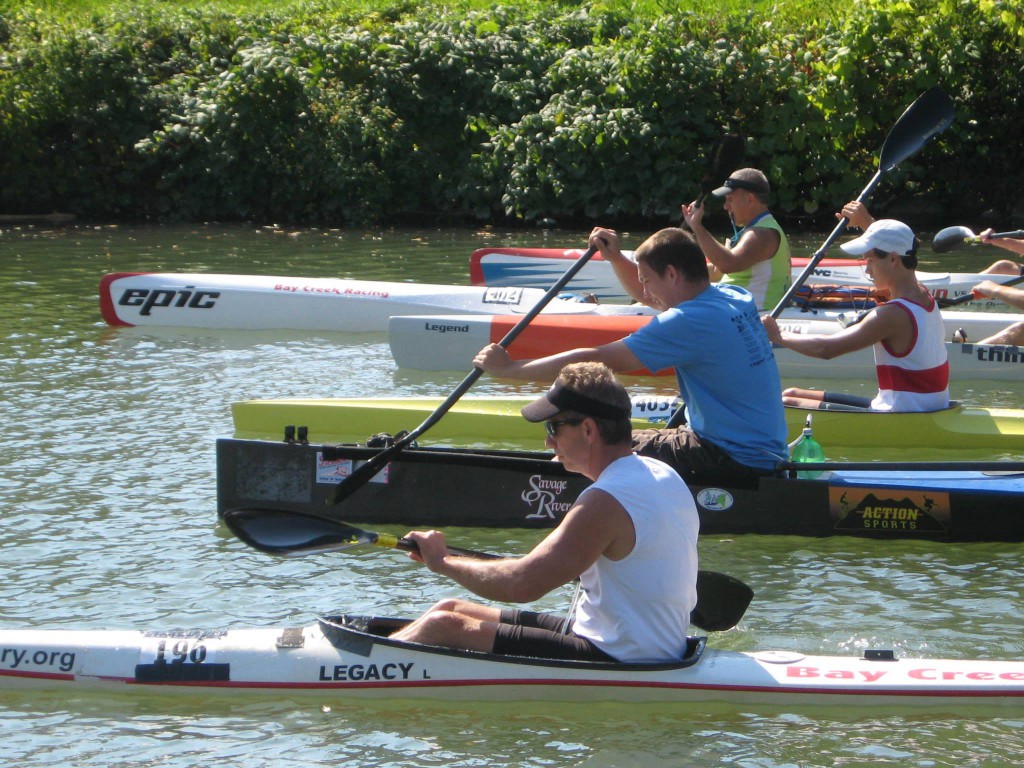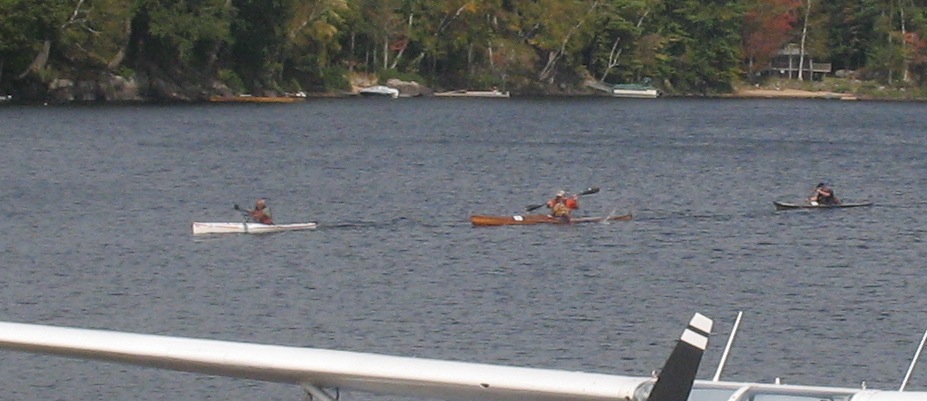So like all travel stories (it seems) this one starts with a near disaster. At 10:00pm the night before I was due to leave, I received an email saying that the first leg of my trip, from Rochester to Newark, had been cancelled due to weather. No alternatives offered, no automatic rebooking, just “hey, fuck you and your trip”. I jumped out of my bed and to my computer.
The flight had been due to leave from Rochester to Newark at 4:23pm. I looked on-line and saw that there was an earlier flight leaving to Newark at around 2:00pm. But remembering the disaster that was my last trip that went through Newark (where they said my inbound trip was going to be late due to weather, but said the outbound one was going to be on-time, so I rebooked the inbound trip to an earlier flight, only to find the outbound one was horribly late as well so I ended up spending more time in Newark than it would have taken me to bicycle to my original destination), I thought that rather than taking care of this on-line I’d call a United rep.
It took a few trips through the automatic voice response menu before I got to a rep, and she rebooked us on a flight at around 2:00pm, but instead of just changing the flight to Newark like I expected, she switched our first leg to Rochester to Dulles, and our second leg from Dulles to Zurich. We ended up booked to arrive in Zurich just a bit earlier than our original flight would have, so there was no need to change our flight from Zurich to Malaga. I had to call Frank with the new information and arrange a new rendevous at the airport. Of course in the rebooking, our pre-assigned seats got scattered to the four winds, and Frank’s vegetarian meal preferance was lost as well. (As a fun side note, when we got to the airport, the display was showing the 4:23pm flight to Newark as cancelled, and the 2pm-ish flight to Newark as delayed to 4:30-ish. So not so much a weather cancellation as “let’s use this as an excuse to combine two undersold flights”, I’m betting.)
The flight to Dulles was mostly notable because the guy beside me’s head started dropping and jerking up before we even left the gate, and when we arrived there he didn’t want to wake up to let me off the plane until I gave him a quite hard shove. There were bouts of moderate turbulence on both flights and I was completely unable to sleep on either. But at least on the long flight there was a power plug under my seat so my iPad was kept fully charged during the flight so I could read. I’d left the data/charging cable for my phone in my checked bag, so I don’t know if the USB port on the entertainment center would have charged it. It was down to 20% charge thanks to using it for tethering in Dulles, so I kept it fully off.
In the Zurich airport, I attempted to connect to the wifi to let Vicki know where I was (and get a 4Square check-in in a new country), but in order to connect to wifi, you need to be able to receive a SMS message with a token. I reluctantly decided to accept the roaming charges and turned on my phone, only to find it couldn’t get service, no doubt due to AT&T’s lock-in. So no wifi in Zurich.
The flight to Malaga (on Swiss International Airlines) was uncomfortable – the seat rows were way too close together, and they didn’t provide a pillow or anything. I was fading fast and I attempted to sleep using my rolled up jacket as a pillow, but I couldn’t get comfortable. Frank had an inflatable travel pillow – one of those neck collar ones – and I think he had a better time of it than I did. On the other hand, they did come around and give us a little Swiss chocolate bar.
In Malaga, I got 15 minutes of free Wifi by giving them my name, email address, age, and home country and postal code. I might have also given them my first born – it was all pretty blurry. But with that I was able to let Vicki know how I was doing, and post to Facebook about the stupidity of Zurich’s wifi, and check into 4Square.
We hunted down an ATM and got some Euros, and then collected our bags and headed to the rental car counter. We ended up with a SEAT, I think the same sort of car Vicki and I had in England. As we pulled out of our parking space, it was so quiet that I thought I’d stalled it when I’d had to stop, but it continued on again so then I wondered if it was a hybrid. But no, I think my hearing was just so shattered by all those hours on planes I couldn’t hear it.
The drive to the destination was straight forward except for a bit of confusion at the second toll booth where Frank handed me a handful of change consisting of various different Euros and an American dime. I think we were a bit punchy, but I’m also not entirely convinced the toll taker didn’t rip up off there because the toll was 3.05 and I handed him one bimetal coin which I think was 2Eur, and two gold coins which I thought were 1Eur, and he said I was short. But there was a lineup behind us and I didn’t take the time to do more than glance at them as Frank gave them to me and I gave them to the toll taker, so I don’t know. Frank handed me another coin, I handed them to the toll taker and he gave us some change and we were on our way. But we got some spectacular views, including some good ones of “The Rock” at Gibraltar. But, there are no signs at the road where you turn into the hotel – it looks like you’re driving through somebody else’s beach party and a camping area, but then there is that ugly purple building, and then you look down a gap between two buildings and see somebody prepping a couple of surf skis, and all doubts vanish.
The room is a bit of a pit – it’s got a tile floor, an ancient tiny TV sticking out of the wall at just about the right height to give Frank a nasty bump on his forehead, and two single beds pushed together, and that’s about it. Not very good light or ventilation. But we didn’t come here for the room, we came here for the view. And what a view! The beach stretches out for miles on both directions, and there across the water is Africa. There are big ships coming and going through the straits of Gibraltar, and a fast ferry between the town of Tarifa and Tangier. There are kite surfers all up and down the beach, and fishermen casting into the surf. Steep hills with scrubby vegetation and some trees in careful rows rise up behind us, with clusters of wind turbines so you can tell which way the wind is blowing. The hotel is painted a rather startling shade of purple and there is folk art on the walls all over the place. There are big day beds and lounge chairs in front of every room, and a fairly busy bar on the ocean side.
At about 4pm local time (over 24 hours after I woke up, and with maybe an hour of naps on planes in between), we went out for a little paddle. Boyan wanted to get to know us, and see what we were doing wrong and what we were doing wrong. It was a lovely evening. A bit of surf to play in at first. This was my first time in a V8, and it’s a nice fun little ski. Very stable, but it turns well and you feel like you can lean and carve almost like a sea kayak. We headed towards the town of Tarifa, which was into the light prevailing wind. I was looking forward to turning downwind, but of course the wind died before we turned. About half way back, my lack of sleep and dehydration hit me all at once and really hard. I found myself lagging far behind, and barely able to put one stroke after another. The sun went down while we were still on the water and it was absolutely gorgeous, but I wasn’t appreciating it as much as I should because I was so tired.
After paddling, I finally found some wifi and was able to talk to Vicki for the first time since leaving the US. We ate at the hotel, and stumbled into bed. Woke up at 8am local time, still feeling a bit tired and sluggish.


